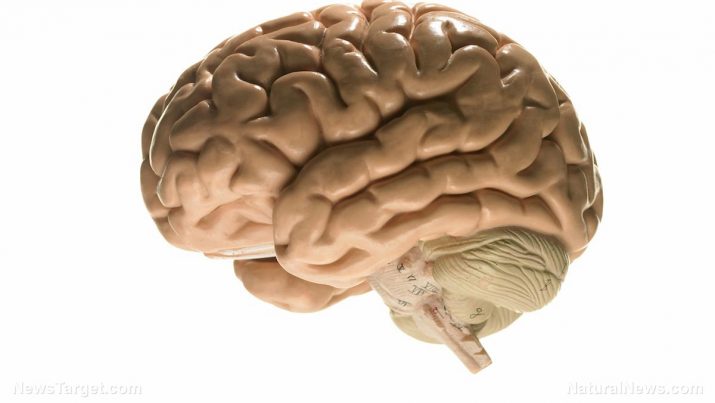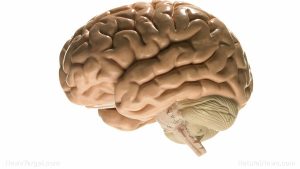
Cerebral palsy – causes, side effects and treatments at NaturalPedia.com
Thursday, February 22, 2018 by Michelle Simmons
http://www.naturalpedia.com/cerebral-palsy-causes-side-effects-and-treatments-at-naturalpedia-com.html

The term cerebral palsy defines a group of disorders that affects body movement, balance, and posture. It is also known as brain paralysis. It is caused by abnormal development or damage in one or more areas of the brain that is responsible for controlling muscle tone and motor activity. Congenital cerebral palsy, a cerebral palsy associated with brain damage that occurred before or during birth, accounts for 85 to 90 percent of cerebral palsy cases. Risk factors for the disease include low birth weight, premature birth, multiple births, and assisted reproductive technology infertility treatments.
Cerebral palsy can also be caused by other conditions, such as insufficient oxygen in the brain during labor and delivery, severe jaundice in the infant, infections during pregnancy, brain infections, such as encephalitis and meningitis, bleeding into the brain, and head injuries. There are different types of cerebral palsy: spastic cerebral palsy, dyskinetic cerebral palsy, and hypotonic cerebral palsy.

Known side effects of cerebral palsy
There are several side effects of cerebral palsy. Some of the most common symptoms include delays in reaching motor skill milestones, such as rolling over, sitting up alone, or crawling; slower speech development and difficulty in speaking; stiffness of muscles; abnormal muscle tone; lack of muscle coordination; tremors or involuntary movements; too much drooling and difficulties in swallowing; complications in walking; favoring one side of the body, like reaching with one hand; and neurological problems, which include seizures, intellectual disabilities, and blindness.
Body systems harmed by cerebral palsy
The body systems harmed by cerebral palsy are the nervous, muscular, digestive, and ocular systems.
List of foods or nutrients that prevent cerebral palsy
According to an entry published on the website OrganicFacts.net, the foods that can help treat or prevent cerebral palsy include echinacea, peppermint, apple cider vinegar, fish oil, Epsom salt and sea salt, and foods that contain prebiotics and probiotics.
Treatments, management plans for cerebral palsy
Even though cerebral palsy cannot be cured, there are different treatment and management options for it to improve the quality of life of individuals with the disorder. One of these treatments is therapies. No standard therapy is effective for each cerebral palsy patient as each therapy depends on the cerebral palsy the patient has. The therapy treatments include physical therapy, occupational therapy, recreation therapy, and speech and language therapy. Other treatments for the disorder include oral medications, surgeries such as orthopedic surgery and surgery to cut nerves, assistive devices such as computers, computer software, voice synthesizers, and picture books, and treatments for problems with eating and drooling.
Where to learn more
- How to Prevent Cerebral Palsy with Magnesium Sulfate
- Magnesium Sulfate Slashes Risk of Cerebral Palsy by 50 Percent in Premature Babies
- Magnesium Sulfate Slashes Risk of Cerebral Palsy in Newborns by Fifty Percent
- Antibiotics Given During Labor Cause Cerebral Palsy
- Cerebral Palsy news, articles and information
Summary
Cerebral palsy is a group of disorders that affects body movement, balance, and posture.
Cerebral palsy causes problems in moving the body; slower speech development and difficulty in speaking; stiffness of muscles; abnormal muscle tone; lack of muscle coordination; involuntary movements; excessive drooling and difficulties in swallowing; problems in walking; favoring one side of the body; and neurological problems, such as seizures, intellectual disabilities, and blindness.
Cerebral palsy can be treated or prevented by echinacea, peppermint, apple cider vinegar, fish oil, Epsom salt and sea salt, and foods that contain prebiotics and probiotics.
Cerebral palsy management plans include physical therapy, occupational therapy, recreation therapy, speech and language therapy, surgeries, and assistive devices.
Sources include:
Tagged Under: Tags: Cerebral palsy





